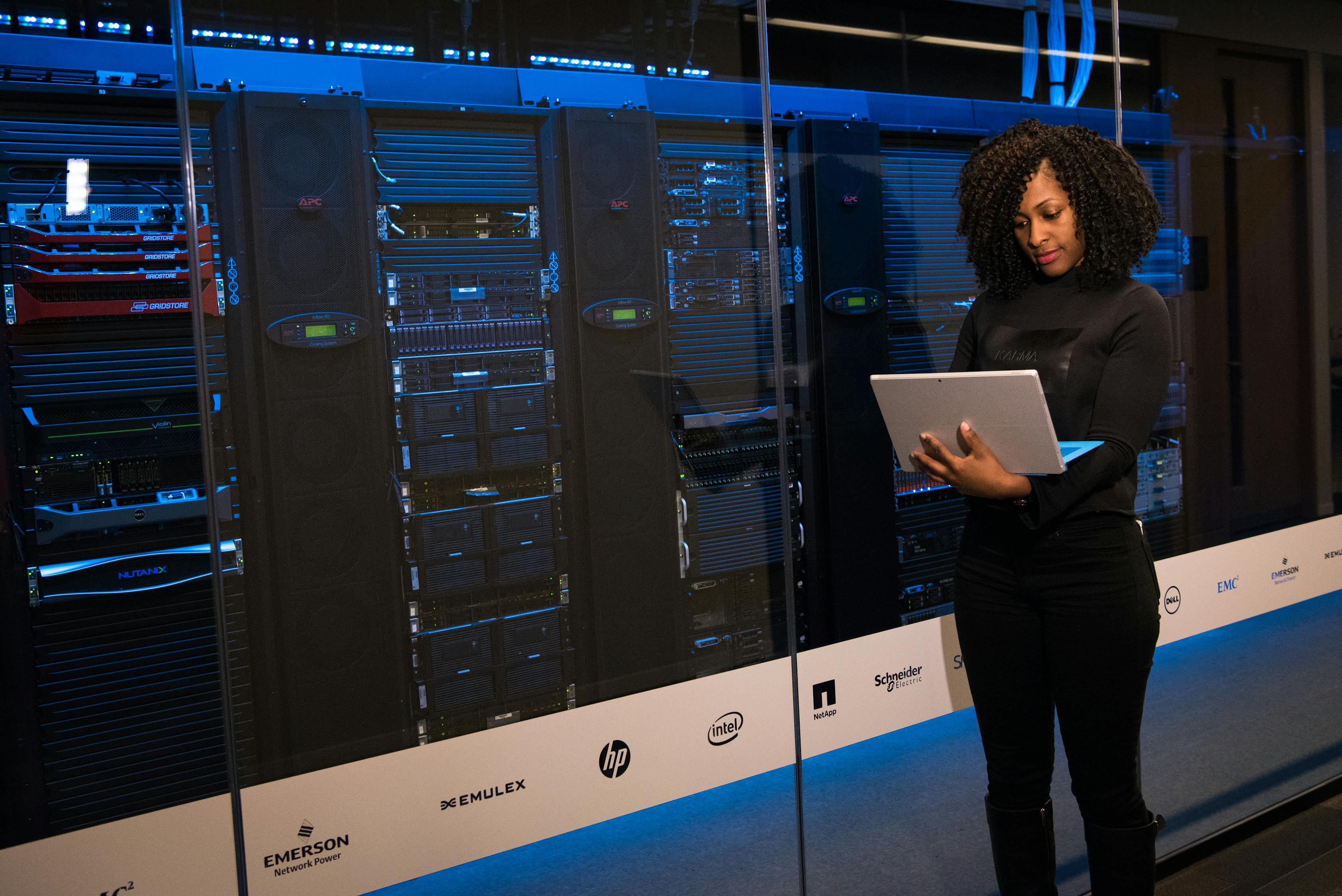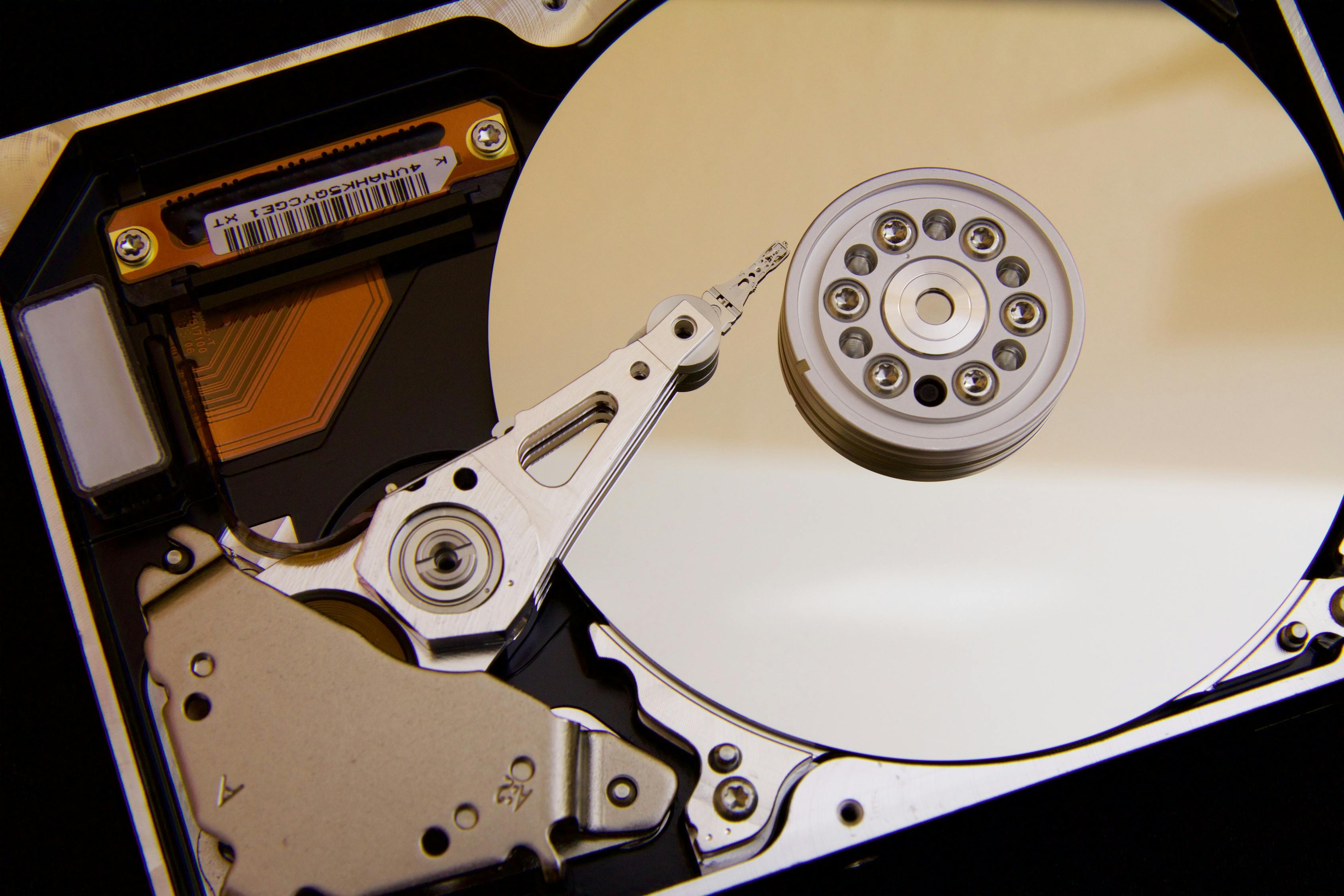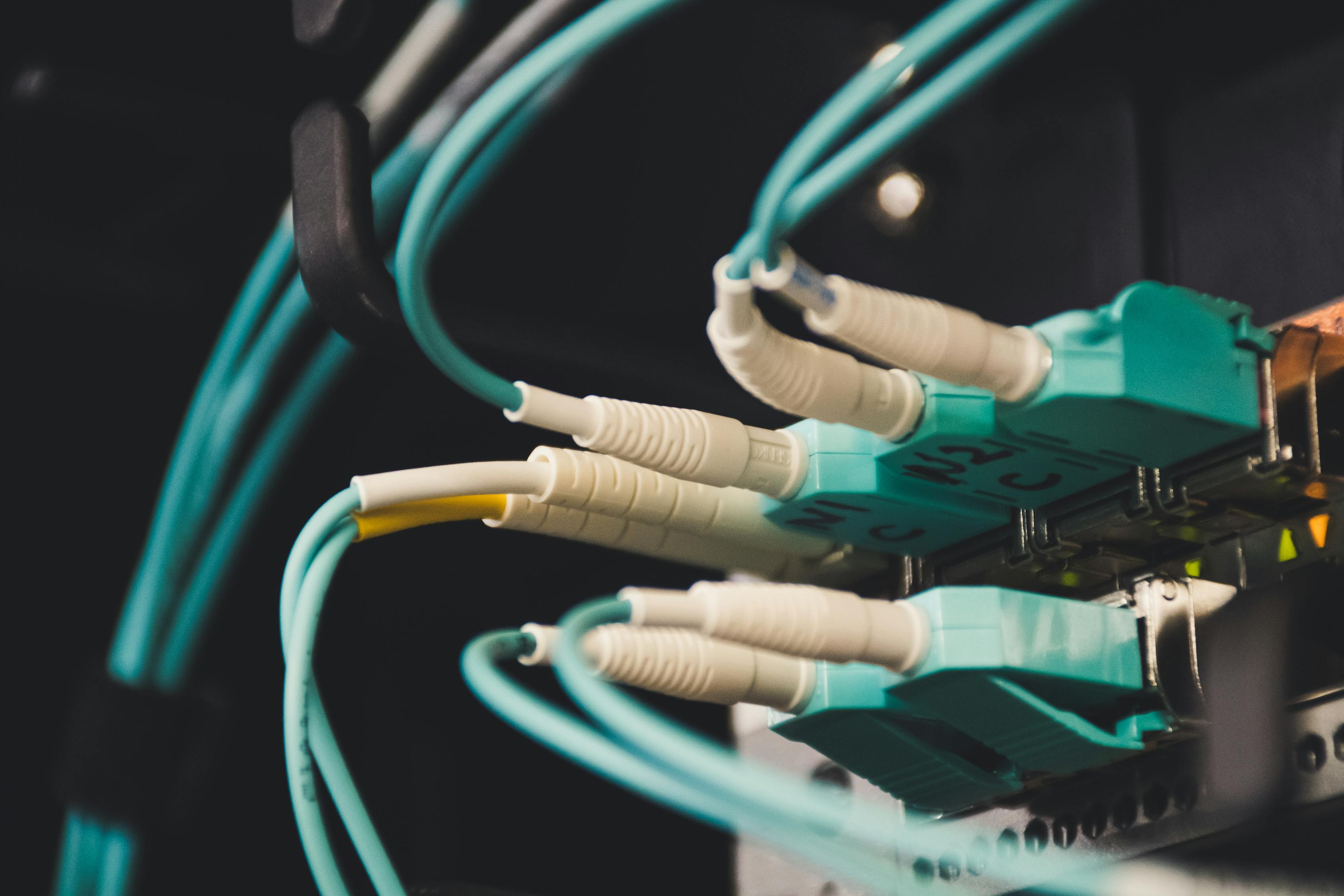That initial investment in new technology can be substantial. Thousands of dollars are poured into purchasing new laptops, desktop towers, and networking equipment in the name of embracing the digital transformation and future-proofing your company. Then you get the news – the day after you’ve installed the new hardware, newer hardware gets announced.
This is the reality for thousands of business owners around the world every day. Technology is evolving at a breakneck pace, continually being improved through research and development that takes already incredible technology and pushes it to its limits – and then some. The reality is that few companies generate enough revenue to update to the newest technology as soon as the first production models come off of the conveyor belt. Being an early adopter has its benefits and detriments, but here are some general tips on when it’s time to upgrade your company’s computer and networking hardware.
 Computers
Computers
Computers generally have a lifespan of between 3 and 5 years. By this time, new advancements in hardware will make investing in an upgrade more worthwhile because of the immediate difference you’ll notice in performance and speed. As CPUs and GPUs grow in power, many are also shrinking in size. As the years go on, this leads to machines that are both more compact and more powerful, allowing you to do more in the office or on the go.
It’s important to note that, for some, this timeframe could be longer or shorter depending on maintenance performed over the life of the hardware itself. Proper maintenance from an IT professional keeps your hardware – computers or otherwise – running at peak performance for a longer period of time. By keeping all electronics free of dust and performing routine updates, you’ll inevitably get more bang for your buck.
Networking Equipment
While computers are what the users see, networking equipment is what makes it all tick behind the scenes. Even if your computers are running at peak performance, failing to update networking equipment can continue to cause a slowdown in corporate workflows. Generally, equipment like networking switches and other IT infrastructure hardware lasts between 7 and 10 years depending on proper maintenance procedures.
While your networking equipment may last this long, it’s important to note that depending on technological advancements it’s very possible that the time to upgrade comes much sooner. Think about the difference in networking technology between 2000 and 2010 – or, in simpler terms, from dial up to high-speed internet. For many companies, the competitive edge directly correlates with the technology that is adopted. Making sure that your company is up to speed both literally and with the evolution of the world of technology goes a long way in gaining and retaining clients.
 Servers
Servers
For companies still storing information on private servers, it’s officially time to adopt a more versatile cloud-based solution. By migrating from physical in-house servers to cloud-based servers, the cost of maintenance is immediately slashed. With automatic backups, proactive management, and scalable solutions, hosting a server in the cloud provides secure and accessible access to the data and information that your company relies on – all without relying on or upgrading hardware in the future.
 Hard Drives
Hard Drives
From thumb drives to bulky external hard drives, many workers are still relying on physical media to hold their most valuable digital documents and files. Depending on the type of hard drive, the longevity can vary. Since solid-state drives (SSDs) have minimal moving parts, their chance of failure decreases drastically while also increasing the speed of data transfer. These generally last between 7 and 10 years. For traditional 5400 to 7200 RPM hard-disk drives (HDDs), the reliance on a physical disk increases the likelihood of data corruption or entire failure. Most hard-disk drives have a lifespan of roughly 4 years.
For those still relying on physical media, it’s always a wise decision to keep an up-to-date backup on hand in the case of critical failure. Moreover, migrating to cloud-based solutions like Microsoft OneDrive or SharePoint are alternatives that allow instantaneous access to all of your files across all devices without the need to worry about hardware upkeep or replacement.
Ultimately, networking and computing hardware replacement should be an expected part of modern corporate expenses. With companies increasingly relying on the power of technology to perform day to day duties, keeping these devices running at peak performance should be high on the list of company priorities. While new cloud technologies are changing the way that users both process and store data, updating physical hardware remains an integral part of prepping your company’s IT infrastructure for success.





